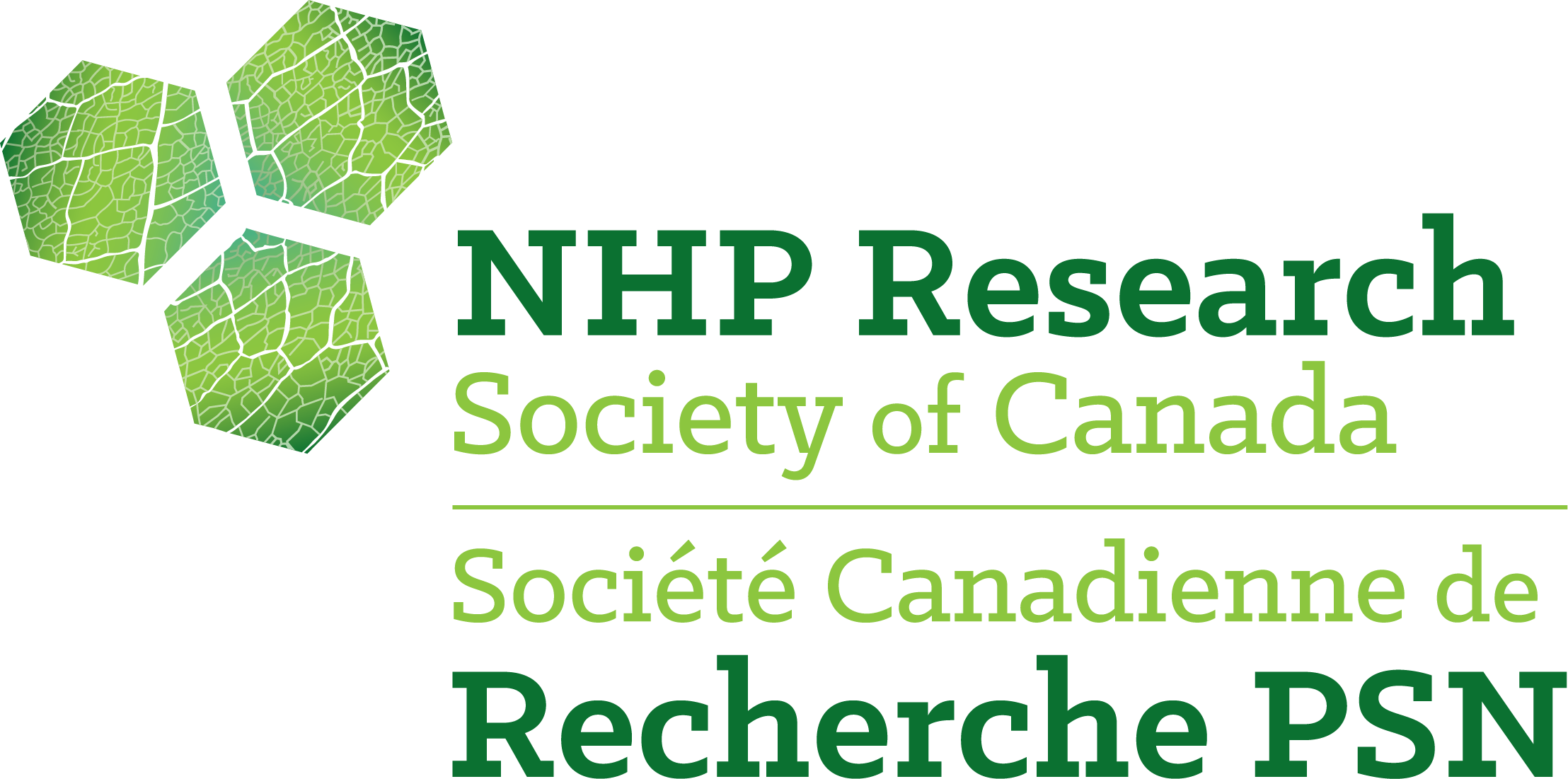NHPRS Response to Proposed NHP Labelling Regulation Changes
In June of 2021, Health Canada made a proposal to amend current natural health product labelling regulations to address several factors they were concerned about. The proposal can be found HERE.
As part of the shareholder consultation process regarding these changes, the NHPRS submitted a response to the Office of Legislative and Regulatory Modernization outlining our recommendations. Given the research and science-based focus of the Society, we believe our response provided an important perspective to look out for the interests of both NHP industry and Canadian consumers. We have included below the main summary of our report, but you can download and read our full response using THIS LINK.
Summary
The ability of consumers to make an informed decision about including, or not including, a Natural Health Product (NHP) within their health care choices is fundamental to the development of both appropriate regulations and research. Consequently, any initiative that promotes this aim in a practically and clinically relevant way should be encouraged and promoted.
While in principle the approach proposed in this Canada Gazette 1 (CG1) posting will establish the most comprehensive, up to date and innovative approach to NHP labelling on a global scale, questions and concerns exist about the impact this will have on the current and future NHP industry and research community. If concerns raised by stakeholders are accurate in that these changes will be expensive to implement, the balance (risk versus benefit assessment) will not be favorable.
These concerns include:
· The research identifying NHP labelling as a priority area for improvement in preventing harm is incomplete. The research which has been presented in many cases comes from an extrapolation and interpretation from harm seen in other health product sectors, notably non-prescription drugs (NPD);
· Given limited resources available, focusing on improving NHP labels could detract attention from other areas which have a higher potential of harm supported by a more robust evidence base. Some notable examples include evidence standards, product quality, and inadequate compliance and enforcement of the NHP regulations;
· If concerns raised by the NHP industry (both in Canada and internationally) regarding the costs and ability to implement these changes are accurate, this could have a domino effect, decreasing the ability to fund research and therefore stifling innovation in the marketplace;
· An increased regulatory burden could decrease the ability of Canadian NHP companies, both those manufacturing and importing, to operate. This in turn could decrease access to safe, efficacious and high-quality NHPs by Canadian consumers. This is particularly important for certain niche markets such as health care practitioner brands, where a significant number of products are imported from foreign companies which have less rigorous domestic regulatory frameworks; and
· Inadequate information has been provided in the Regulatory Impact Analysis Statement (RIAS) to accurately ascertain the impact on the environment. This is especially important given the environmental impact seen when similar labeling improvements were implemented for the Canadian NPD sector.
Recommendations
· Health Canada should proactively strengthen and foster dialogue and collaborations with domestic partners within the NHP community, notably within the Canadian research community;
· Engaging with the broader NHP community both in Canada and internationally, conduct a more rigorous and comprehensive analysis of the environmental impact of these proposed labelling changes by obtaining research conducted in support of labeling initiatives implemented by global regulators;
· Following current research, develop (either alone or in partnership with stakeholders) a campaign aimed at educating and informing consumers and practitioners about these changes and what they mean;
· Providing Canadians with useful and clinically relevant information by reviewing information currently required on labels with prominence given to that seen clinically rather than more theoretical in nature, notably around risk information;
· Recognizing the lack of quality of evidence linking improved labeling to reduced harm to consumers, Health Canada should promote directly, as well as work with government partners, to identify and support this topic as a research priority. Health Canada should concurrently be assisted in addressing other priority areas identified in the recent AGO audit, notably those around product quality;
· The implementation of a labeling improvement initiative for NHPs must not detract from more immediate issues such as product quality and strengthened enforcement, where risks are more definitively supported by more robust evidence;
· Research on NHPs needs to be supported to increase the evidence base concerning the perceived benefits of labeling changes and other approaches on the reduction of the risk of harm, such as product quality and better enforcement of NHP regulations;
· Building on the flexibilities identified within the RIAS and in consultation with stakeholders, identify additional barriers or challenges and how they can be addressed notably around universal application of the Product Facts Table;
· In addition to the three regulatory and policy options identified within the RIAS, consider a fourth policy option of keeping the status quo with enhanced compliance and monitoring of labelling with changes implemented over this transition period.

